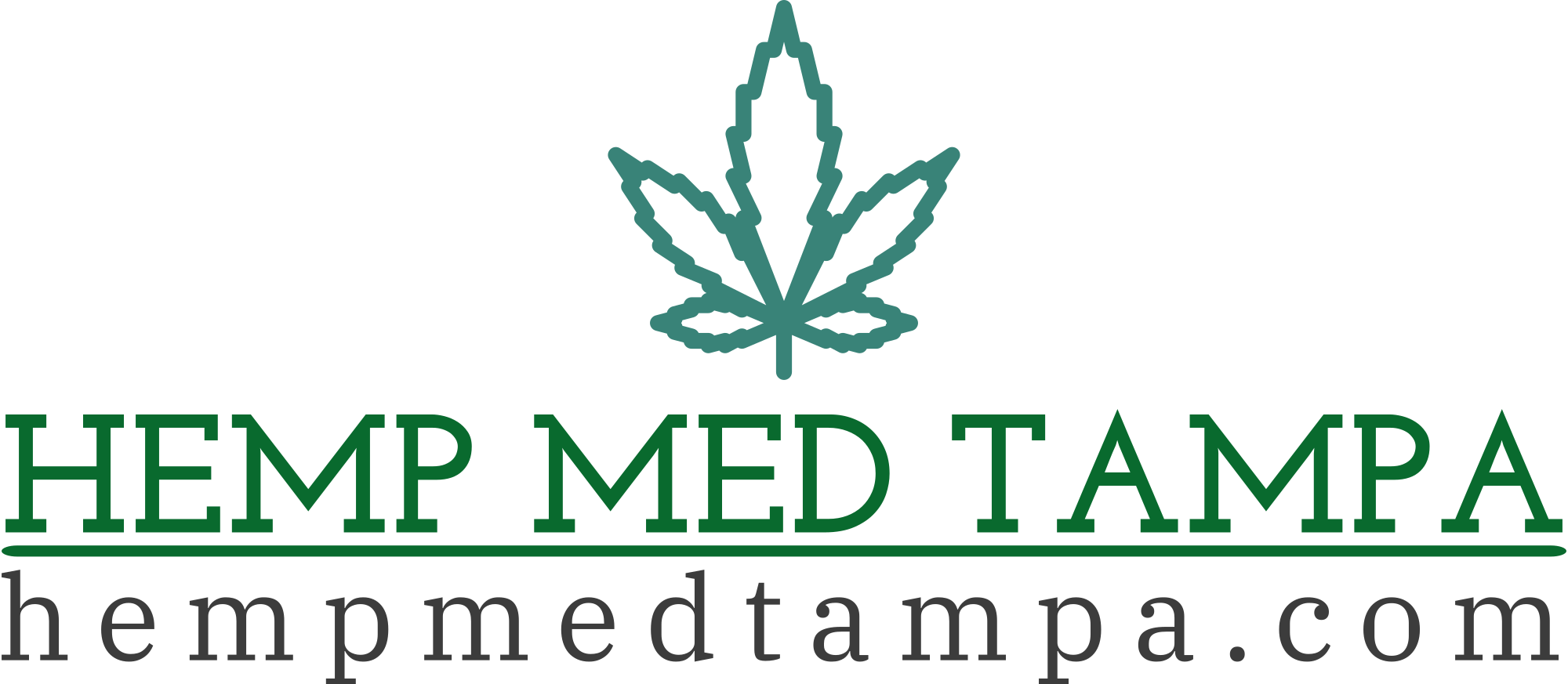Smoked salmon is a popular and versatile seafood delicacy enjoyed by people around the world. It is prized for its rich flavor, delicate texture, and nutritional benefits. In this comprehensive guide, we’ll delve into the nutrition profile of smoked salmon, explore how it’s made, discuss its culinary uses, health benefits, and potential risks.
Nutrition Profile
Smoked salmon is not only delicious but also a nutrient-dense food that offers an array of essential vitamins, minerals, and omega-3 fatty acids. A typical serving of smoked salmon (about 3 ounces or 85 grams) provides:
Protein:
Smoked salmon is an excellent source of high-quality protein, essential for muscle growth, repair, and overall health.
Omega-3
Fatty Acids: Smoked salmon is rich in omega-3 fatty acids, particularly EPA (eicosapentaenoic acid) and DHA (docosahexaenoic acid), which are important for heart health, brain function, and reducing inflammation.
Vitamins and Minerals
Smoked salmon contains various vitamins and minerals, including vitamin D, vitamin B12, selenium, and potassium. These nutrients play vital roles in immune function, energy metabolism, and bone health.
Low in Calories
Smoked salmon is relatively low in calories, making it a satisfying and nutritious option for those watching their calorie intake.
How It’s Made
Smoked salmon is typically made by curing fresh salmon fillets with a mixture of salt and sugar to draw out moisture and enhance flavor. After curing, the salmon is rinsed to remove excess salt and then smoked using different methods, such as hot smoking or cold smoking.
Hot Smoking
In hot smoking, the salmon is exposed to smoke and heat simultaneously, resulting in fully cooked, flaky salmon with a rich smoky flavor. Hot smoking also helps preserve the salmon by killing any harmful bacteria.
Cold Smoking
Cold smoking involves smoking the salmon at lower temperatures (below 80°F or 27°C) for an extended period, typically several hours to days. This method imparts a milder smoke flavor and a softer texture to the salmon while preserving its raw or partially cooked state.
After smoking, the salmon is chilled, sliced thinly, and vacuum-sealed or packaged for sale. Some smoked salmon varieties may undergo additional flavoring or seasoning, such as using herbs, spices, or other flavorings to enhance the taste.
Culinary Uses
Smoked salmon is incredibly versatile and can be enjoyed in various dishes, both hot and cold. Some popular culinary uses of smoked salmon include:
Smoked Salmon Bagels
A classic breakfast or brunch option, smoked salmon pairs perfectly with cream cheese, capers, and red onions on a toasted bagel.
Smoked Salmon Salad
Add smoked salmon slices to salads for a boost of flavor and protein. It pairs well with mixed greens, avocado, cucumber, and a light vinaigrette.
Smoked Salmon Pasta
Toss smoked salmon with cooked pasta, garlic, lemon zest, and fresh herbs for a quick and flavorful pasta dish.
Smoked Salmon Appetizers
Use smoked salmon as a topping for crackers, crostini, or blinis, along with cream cheese, dill, and a squeeze of lemon juice.
Smoked Salmon Quiche or Frittata
Incorporate smoked salmon into quiches, frittatas, or omelets for a savory and satisfying meal.
The possibilities are endless when it comes to incorporating smoked salmon into your cooking, from breakfast to dinner and everything in between.
Health Benefits
In addition to its delicious flavor and versatility, smoked salmon offers several health benefits:
Heart Health
The omega-3 fatty acids found in smoked salmon have been shown to reduce the risk of heart disease by lowering cholesterol levels, reducing inflammation, and improving blood vessel function.
Brain Function:
Omega-3 fatty acids are essential for brain health and cognitive function, making smoked salmon a brain-boosting food.
Eye Health
The omega-3 fatty acids and antioxidants in smoked salmon may help protect against age-related macular degeneration and other eye disorders.
Weight Management
Smoked salmon is low in calories and high in protein, making it a satisfying option for those looking to manage their weight or increase protein intake.
Potential Risks
While smoked salmon offers numerous health benefits, there are some potential risks to consider
Sodium Content
Smoked salmon can be high in sodium due to the curing process. Those watching their sodium intake should consume smoked salmon in moderation or opt for low-sodium varieties.
Presence of Contaminants
Some studies have found that smoked salmon may contain contaminants such as polycyclic aromatic hydrocarbons (PAHs) and heterocyclic amines (HCAs), which are formed during the smoking process. To minimize exposure to these compounds, choose smoked salmon from reputable sources and consume it in moderation.
Conclusion
Smoked salmon is a delicious and nutritious seafood option that offers a wide range of culinary possibilities and health benefits. Whether enjoyed on its own as a snack or incorporated into various dishes, smoked salmon adds flavor, protein, and omega-3 fatty acids to your diet. By understanding how smoked salmon is made, its culinary uses, and its potential health benefits and risks, you can make informed choices about incorporating this delectable seafood into your meals. So next time you’re looking for a flavorful and nutritious addition to your menu, consider reaching for smoked salmon and savoring its delicious taste and numerous health benefits.
- Top CBD Capsules: A Comprehensive Review By Plain Jane - August 7, 2024
- Benefits of Butchers Broom Supplements - April 2, 2024
- Benefits of Burdock Supplements - April 2, 2024






